In my previous post, Key Performance Indicators (KPIs) for Your Social Media Dashboard, we took a look at the most common and useful metrics to consider when monitoring a brand performance on social networks such as Facebook. Twitter, Instagram, Pinterest, Google+ and YouTube.
Today, I want to focus on Linkedin, perhaps the only social network by and for professionals, particularly useful in a B2B context. It should also be noted that Linkedin is one of the few social media that provided good insights and metrics for individual accounts, not just for organizations advertising on the platform.
For Companies
1. Post Performance
In a very similar fashion to Facebook Pages, managing a Linkedin company page allows to see impressions, clicks and engagements for any given post. You can also choose to sponsor a post in order to maximize reach or engagement.
The trick, of course, is to keep track of posts and see which ones gain traction, which ones don’t, and to emphasize (sponsor) those that work in order to increase post and page effectiveness.
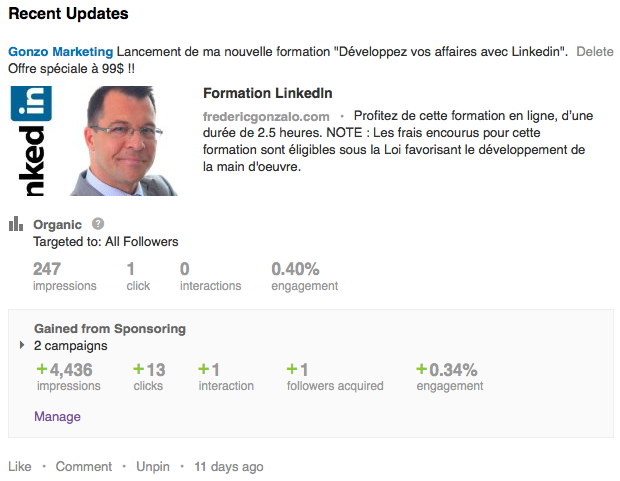
2. Page Reach
It’s great to know the impressions and unique people reached by any given post, but how does it compare with previous ones? The analytics module in Linkedin allows you to go back in time and compare your performance, yesterday, the past 7 days, this month, the past month, the past 3 months or the past 6 months.

3. Engagement Rate
Engagement on Linkedin is defined as “How many times members clicked, liked, commented on, and shared your content in both organic and paid campaigns, as well as the number of followers acquired through paid campaigns”.
This is a useful metric in order to monitor your performance with your audience, helping better understand what content draws most comments, likes or shares, helping you adapt your approach accordingly.
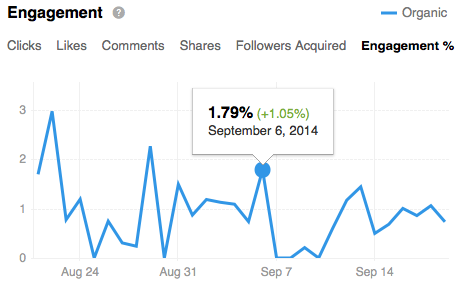
4. Follower Demographics
Who are the people following your company page: are they mostly entry level? where are they from? what industry do they work in? what function do they occupy (sales, operations, media and communication, administrative or support)?
This is also a useful metric helping you see you follows you, but also who is connecting with your content and visiting your page (this information is shown in a different chart in the analytics module).
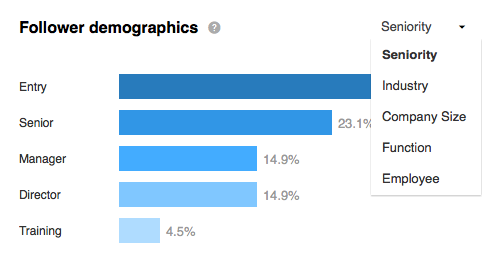
5. How You Compare
Finally, Linkedin suggests four other pages similar to yours with which you can compare total followers and growth in time. Unlike Facebook, however, where you can add Pages to follow and unfollow, there doesn’t seem to be any way to customize the information shown here.
Nevertheless, it can represent a nice metric if the other pages shown are indeed competitors or company pages you wish to compare with in time.
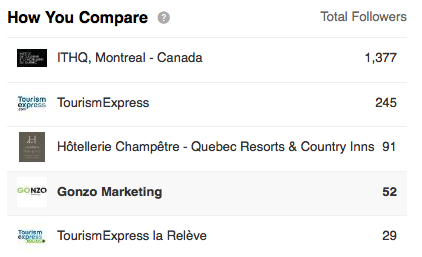
CAVEAT: One major downside of Linkedin Company Pages analytics is that there is no known way to extract the data into .csv or excel spreadsheet yet. Hopefully this will change soon.
Here are 15 tips for compelling company updates, from Linkedin Marketing Solutions.
For Individuals
1. Who’s viewed your profile
Even with a free account on Linkedin, users are able to see who’s viewed their profile, even though information provided is not as complete and detailed compared what premium users get.
Nevertheless, this is a key metric to monitor, no matter if you are recruiting, seeking employment, work in sales or simply wish to network and connect with new, potential partners. That’s what Linkedin is for, after all!
2. Who views your updates
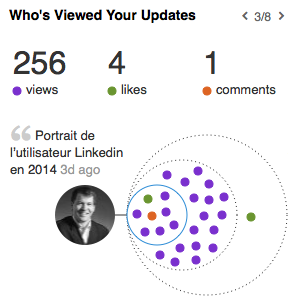
A lesser known feature is available from your Home Page, giving you access to how your past eight updates have performed in terms of views, likes and comments.
You get a visual graphic of people who interacted with your content, separated as per Linkedin’s inherent principle of six degrees of separation, showing you the first three degrees.
Just like on Facebook, Twitter, Google+, Pinterest or most social networks, you may want to respond to people who have commented, thanking them and responding to their comment, engaging in a conversation.
3. Network Growth
 If you are like me, you don’t necessarily keep track regularly of how many people you are connected to on Linkedin. First-degree connections are folks you are directly connected with, but once you take into account their network AND the networks of professionals you are connected to in various groups you may be member of, your Linkedin network grows substantially!
If you are like me, you don’t necessarily keep track regularly of how many people you are connected to on Linkedin. First-degree connections are folks you are directly connected with, but once you take into account their network AND the networks of professionals you are connected to in various groups you may be member of, your Linkedin network grows substantially!
This is perhaps one of the most important metrics to monitor. Yes, quality will always trump quantity, but if you grow organically your network through genuine connections and interacting with other professionals in pertinent discussion groups, then your Linkedin network will grow as well.
4. Long-Form Publications
Do you have access to long-form publications yet? Linkedin is progressively rolling-out this feature to all of its users and it comes with its share of interesting metrics to monitor your success. Metrics are fairly basic at this stage, as we’re only able to see how many views for each posts published, likes and comments.
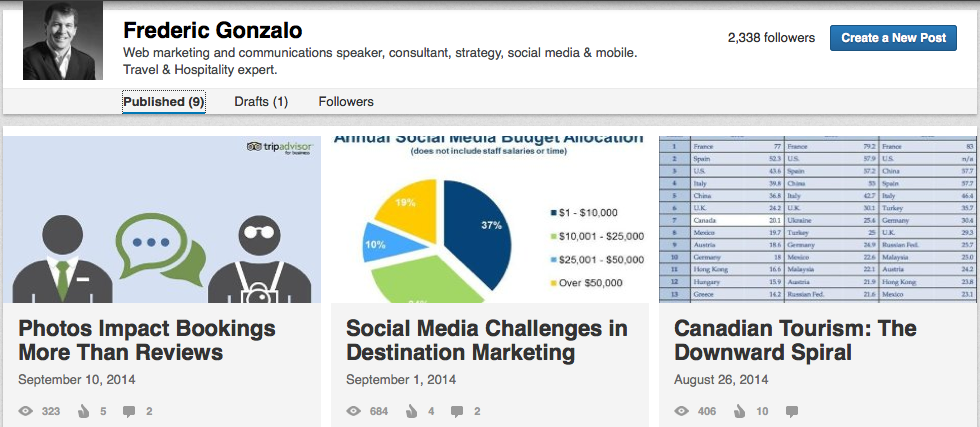
5. Followers Segmentation
Beyond post performance, gaining access to long-form publication also allows a better view of your followers, aggregated by Seniority levels, Industries and Regions. This can be useful in particular to adapt future posts, according to the type of followers reading your content, or perhaps to reach new followers presently under-represented in your followership.
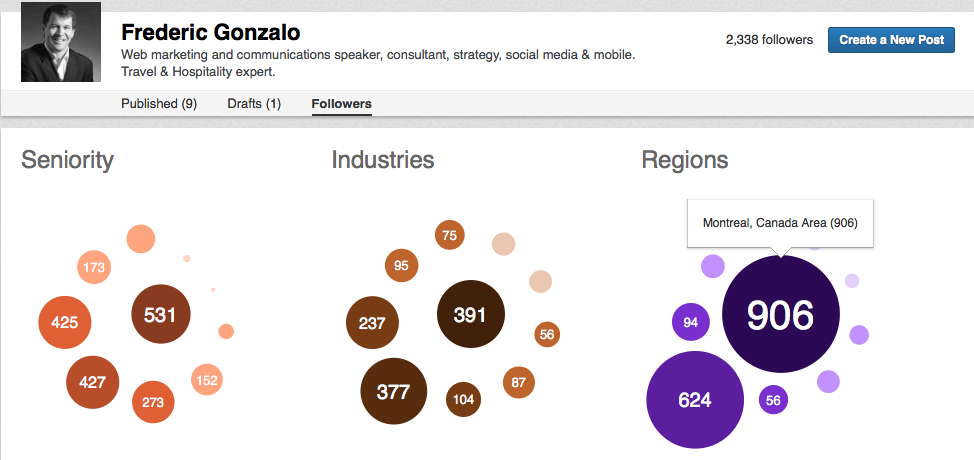
What metrics do you keep track of on Linkedin? I would love to have your feedback in the comment section below.
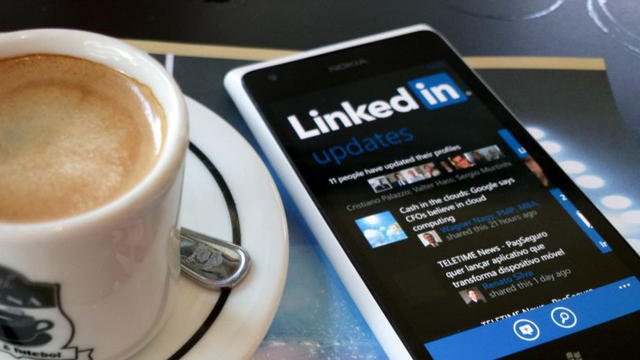
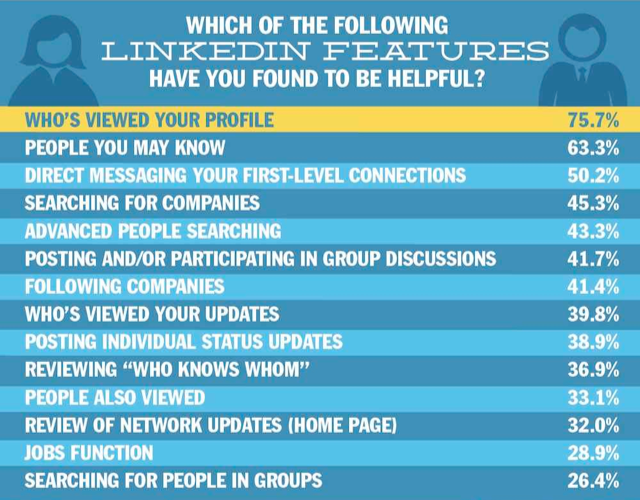
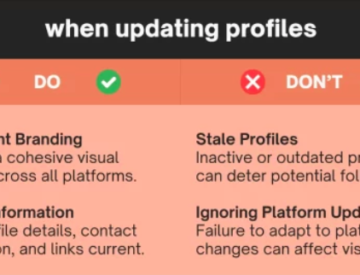








Leave a Reply